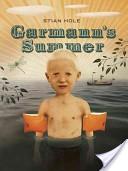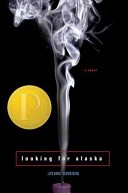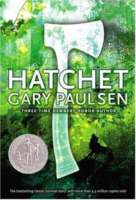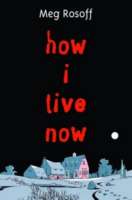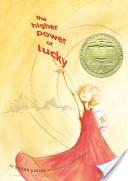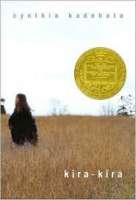
kira-kira (kee’ ra kee’ ra): glittering; shining
Glittering. That’s how Katie Takeshima’s sister, Lynn, makes everything seem. The sky is kira-kira because its color is deep but see-through at the same time. The sea is kira-kira for the same reason. And so are people’s eyes. When Katie and her family move from a Japanese community in Iowa to the Deep South of Georgia, it’s Lynn who explains to her why people stop them on the street to stare. And it’s Lynn who, with her special way of viewing the world, teaches Katie to look beyond tomorrow. But when Lynn becomes desperately ill, and the whole family begins to fall apart, it is up to Katie to find a way to remind them all that there is always something glittering — kira-kira — in the future.
Luminous in its persistence of love and hope, Kira-Kira is Cynthia Kadohata’s stunning debut in middle-grade fiction.

